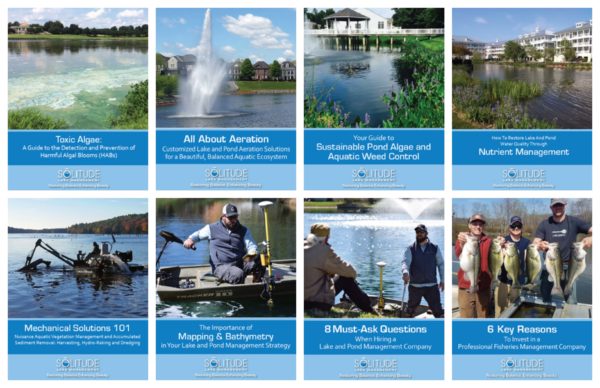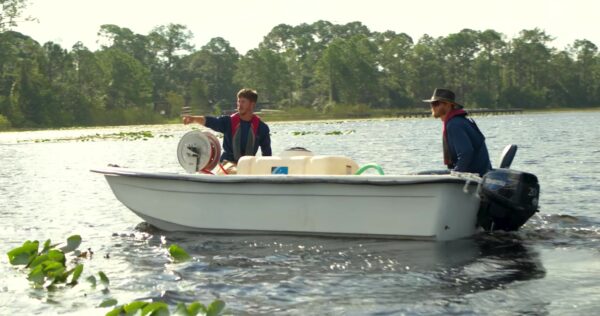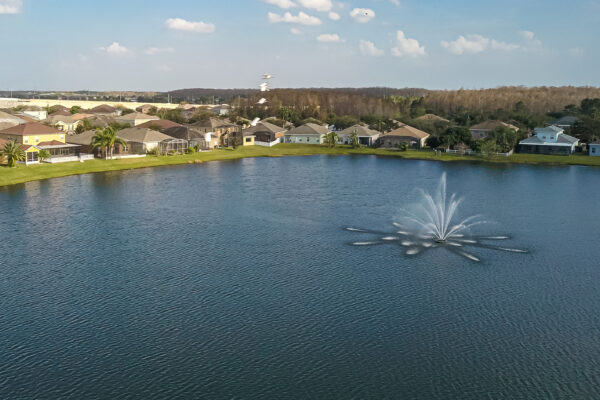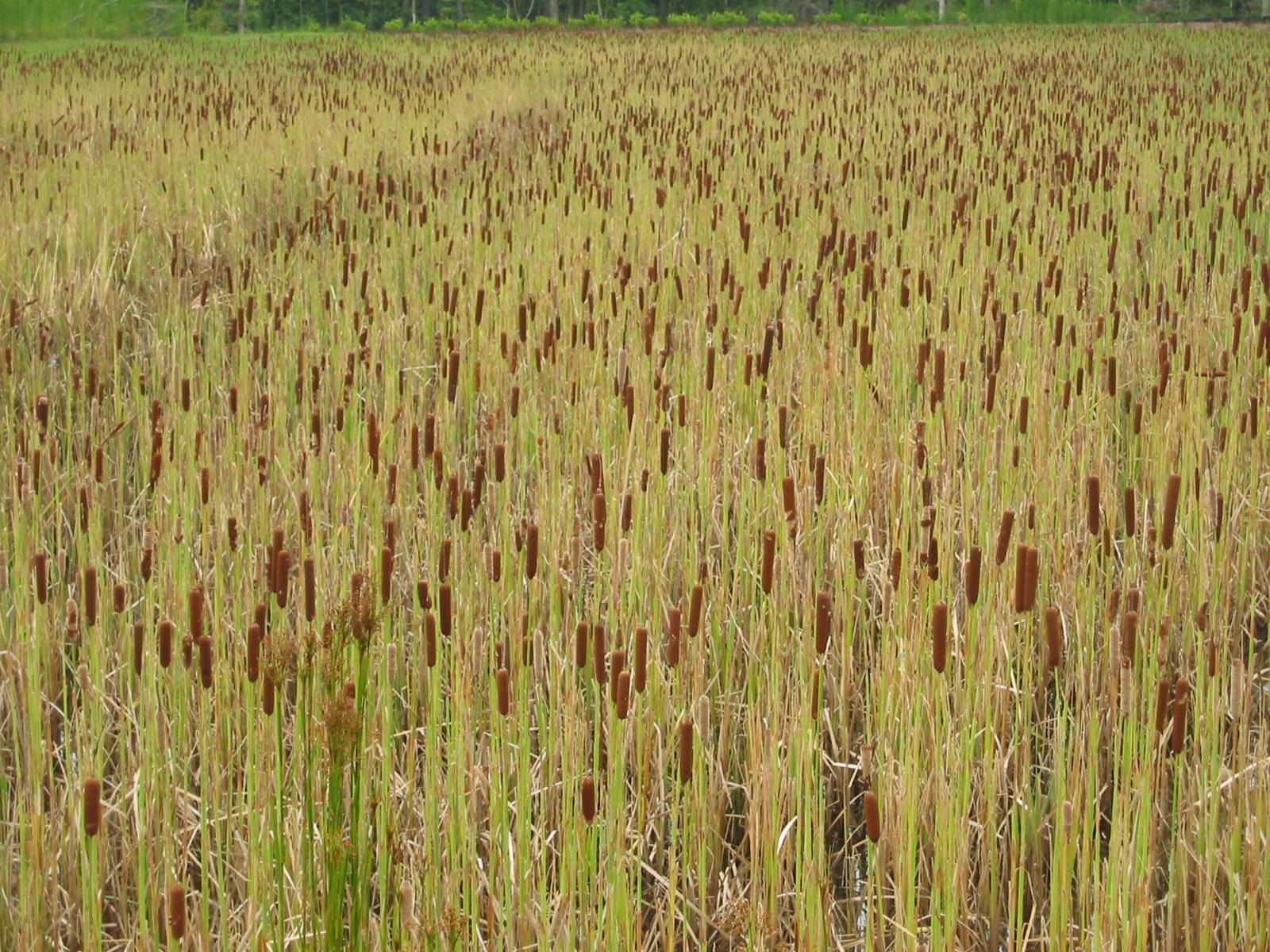
You’ve seen them—cattails, or Typha by their scientific name. They’re those tall, fuzzy brown spikes that line the edge of your pond. They seem to multiply overnight, creating a natural but overwhelming wall. Some admire the wild beauty they bring, but for many, cattails become more of a problem than a perk.
If you manage a golf course, community pond, or park, you’ve likely dealt with cattails encroaching on shorelines, blocking water access, or smothering native plants. They may look peaceful, but Typha’s aggressive growth can disrupt delicate ecosystems. With the right strategies, you can maintain a healthy shoreline while preserving the benefits these aquatic plants offer.
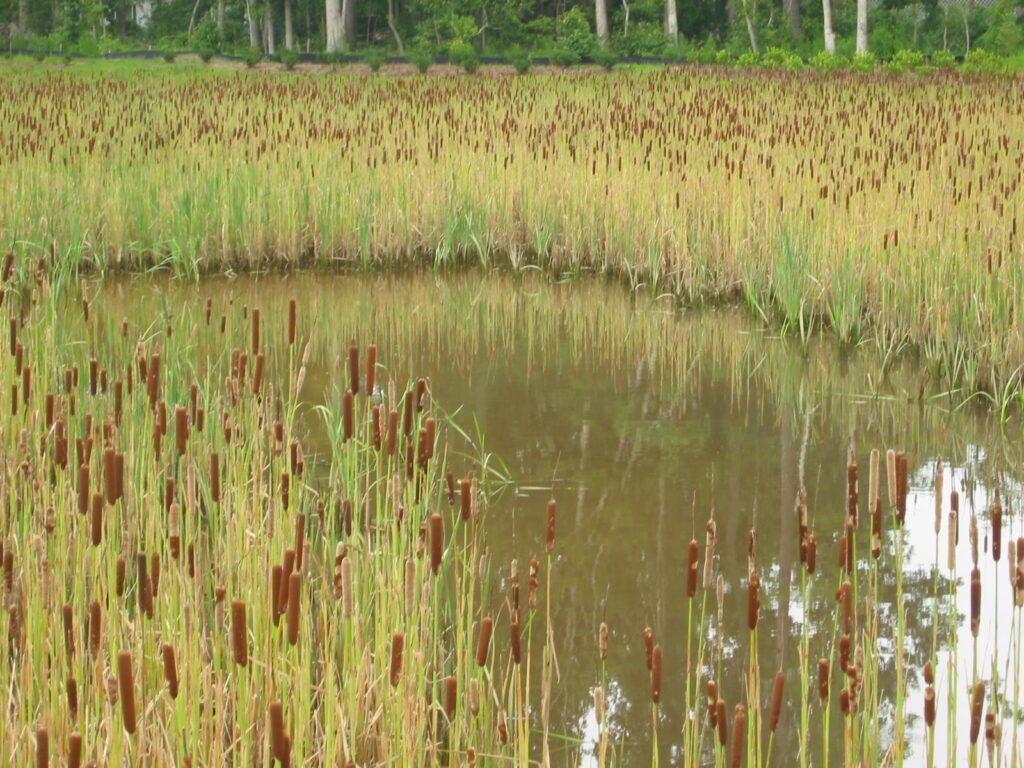
What Is Typha? How to Identify Cattails
Typha, or cattails, are a group of aquatic plants easily recognized by their distinctive appearance. The broadleaf cattail (Typha latifolia) is the most common species. These plants thrive in shallow water and wetlands, frequently appearing along pond edges, stormwater systems, and ditches.
Here’s how to identify them in your waterbody:
- Tall, green stalks that resemble blades of grass
- Brown, sausage-shaped flower heads at the tops of the stems
- Thick underground rhizomes that anchor the plants and spread aggressively
Once cattails establish, they form dense stands that reduce open water and create a solid visual barrier. This overgrowth can block access for boating and fishing, limit water circulation, and mark the beginning of a larger ecological imbalance.
How Typha Spreads (and Takes Over)
Cattails are nature’s opportunists. They use two powerful reproductive methods that make them highly invasive when left unchecked.
- Wind-Blown Seeds
Each flower head contains thousands of fluffy seeds that can travel long distances in the wind. Once they land on moist soil, they germinate quickly, often taking root in areas far from the original stand. - Underground rhizomes
Typha also spreads through rhizomes: thick underground stems that form dense networks. These structures fuel rapid expansion by sending up new shoots and crowding out native vegetation.
Left unmanaged, Typha can monopolize a water system, reduce biodiversity and transform vibrant aquatic environments into stagnant monocultures.
Are Cattails Good or Bad? It Depends.
Cattails can play a valuable role in aquatic ecosystems, but their impact depends on how widespread they are and where they grow.
The Benefits of Typha
In moderation, cattails offer several ecological advantages. Their dense root systems help stabilize shorelines and reduce erosion. They also act as natural filters, absorbing excess nutrients like nitrogen and phosphorus before they enter the waterbody where they can fuel algae and weed growth. In addition, cattails provide food and shelter for birds, insects, and amphibians, supporting a diverse range of wildlife.
The Downsides of Overgrowth
When left unmanaged, though, Typha can spread aggressively. Dense stands can outcompete native vegetation, limit open water, and block access for fishing, boating, or scenic enjoyment. In stormwater ponds or landscaped environments, they often cause both aesthetic and functional challenges, limiting the storage capacity during flooding events.
The key is not elimination, but management. With the right strategy, you can benefit from cattails in your ecosystem without letting them take over.
What is Typha, and how do you manage it in ponds and wetlands?
Typha, or cattails, is a tall aquatic plant commonly found in ponds and wetlands. While they help stabilize shorelines and support wildlife, they can become invasive. Effective management includes physical removal, herbicide treatment in late summer, and long-term strategies to prevent regrowth.
Taming Typha: Three Proven Approaches
When cattails crowd out your shoreline or the entire waterbody, it’s time to take action. The right strategy depends on the extent of the growth and your long-term goals. Here are three practical approaches.
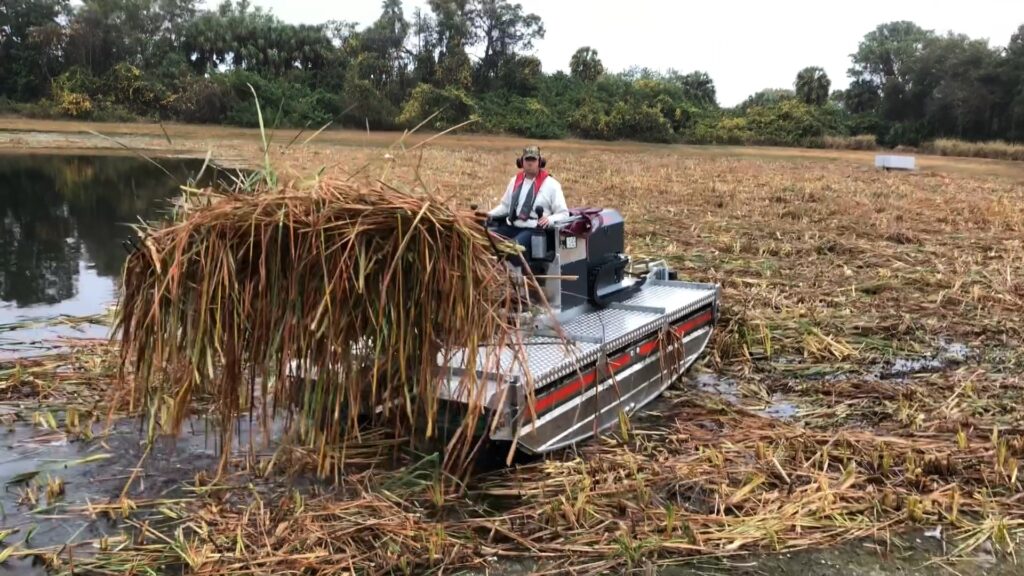
Mechanical Removal
This method involves cutting or digging out cattails along with their rhizomes. It’s often a good choice for smaller or early-stage infestations, but timing is key. Cutting below the waterline in summer can help drain energy from the root system, weakening the plant. Follow-up treatments are usually needed to prevent regrowth. For large, well-established stands, mechanical removal may be less effective.
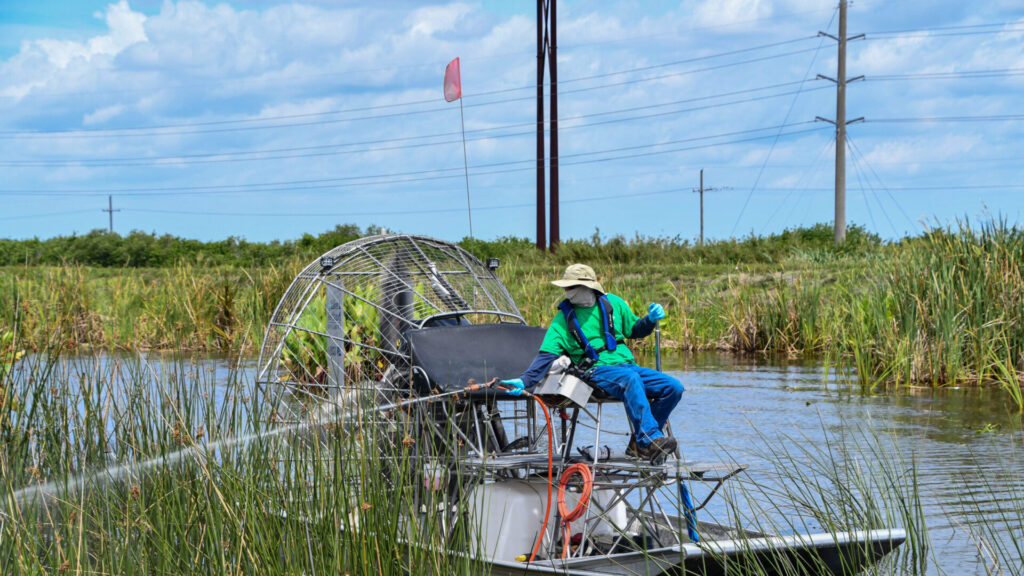
Herbicide Treatment
Targeted herbicide applications provide more consistent results in large or densely vegetated areas. For best results, apply in late summer or early fall, when the plant draws nutrients back into its roots. Only EPA-approved, aquatic-safe herbicides should be used, and professional application ensures environmental compliance and long-term control.

Integrated Vegetation Management (IVM)
For sustainable, long-term success, IVM combines multiple strategies. Reintroducing native plant species can create natural competition and reduce cattail dominance. Adjusting water levels can help limit habitat conditions that favor Typha, and regular monitoring helps catch new growth before it spreads.
What To Do If Cattails Are Taking Over
If your waterbody or shoreline is losing ground to cattail overgrowth, it’s essential to act quickly and strategically.
Start by assessing the extent of the spread. Is the growth isolated to one area, or does it cover more than 30% of the shoreline, lake, or pond? The answer will shape your approach.
Avoid quick fixes. Cutting the stalks without removing the rhizomes may offer temporary relief, but often leads to even denser regrowth.
Most importantly, consult a professional. A site-specific assessment can help identify the best control methods for your pond or wetland and make sure the results last.
Why Professional Typha Removal Matters
Controlling Typha is about more than convenience—it’s about protecting the health and function of your ecosystem.
Professional aquatic specialists use science-backed strategies that minimize regrowth, follow environmental regulations, and align with your waterbody’s unique conditions. From targeted herbicide applications to ecological restoration plans, experts tailor their approach for lasting success.
At SOLitude Lake Management, we combine sustainable techniques with deep technical expertise to help property managers and owners restore balance and keep their shorelines thriving.
Key Takeaways
- Typha can help stabilize shorelines—but without proper management, it often takes over and can encroach into the waterbody.
- Cattails are easy to identify by their tall green stalks and brown, sausage-shaped seed heads.
- Effective control includes mechanical removal, targeted herbicide use, and long-term ecological strategies.
- Regular monitoring is essential to prevent regrowth.
- Partnering with professionals ensures lasting results and supports the health of your aquatic ecosystem.
Take Control Over Your Aquatic Ecosystem
Is Typha taking over your pond? Contact SOLitude’s experts today! We’ll work with you to restore balance and create a management plan that keeps your aquatic system healthy, beautiful, and functional.
Worry-Free Pond Maintenance and Lake Management Services
SOLitude Lake Management is a nationwide environmental firm committed to providing sustainable solutions that improve water quality, enhance beauty and preserve natural resources.
SOLitude’s team of aquatic scientists specializes in the development and execution of customized lake, stormwater pond, wetland and fisheries management programs. Services include water quality testing and restoration, algae and aquatic weed control, installation and maintenance of fountains and aeration systems, shoreline erosion control, muck and sediment removal and invasive species management. SOLitude partners with homeowners associations, golf courses, private landowners, businesses and municipalities. SOLitude Lake Management is part of Rentokil, a leading business services company, operating across the United States, Canada and Puerto Rico.
For more information, visit SOLitude Lake Management at solitudelakemanagement.com, and connect on Facebook, LinkedIn, Twitter, Instagram and YouTube.



